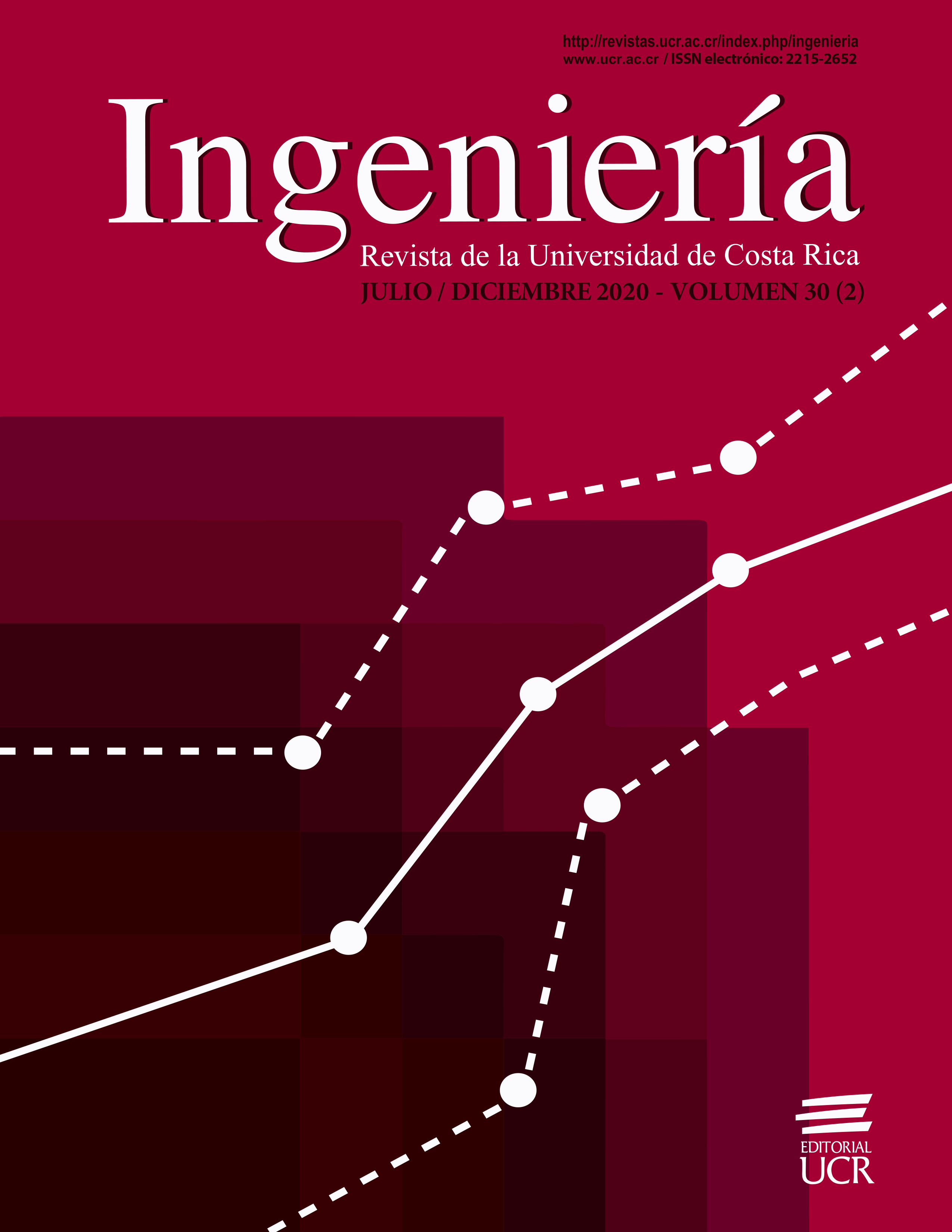Abstract
In Peru there is a growing demand to improve, expand or remodel existing infrastructure, which has generally been designed with structural standards less demanding than the current ones. It is for this reason that various techniques are used, such as reinforcement using FRP (fiber reinforced polymer) systems.
Among the predominant applications of this system is the reinforcement to bending of reinforced concrete (RC) elements such as walls, slabs and especially the beams. During the application of the FRP, various interferences or constructive limitations could occur, which has led to the approach of practical and modern solutions such as the use of FRP band systems, FRP plates and bars, NSM systems, and the use of anchors made of FRP. These procedures are contemplated in the ACI's guide 440.2R (ACI, 2017), used for the construction and design of external reinforcement with FRP on RC elements.
The purpose of this article is to show the results on the laboratory experience of four RC beams, considering that only three of them were externally strengthened to bending, a solution with anchors made of FRP was also used, in order to allow the tensile behavior of the FRP external reinforcement.
The specimens tested were subjected to cyclic loads by a quasi-static test, and the results indicate that these elements strengthened with FRP bands and anchors have a resistance capacity greater than the nominal flexural capacity. In addition, the behavior exhibited throughout these tests was stable and without unexpected anomalies that have been observed.



